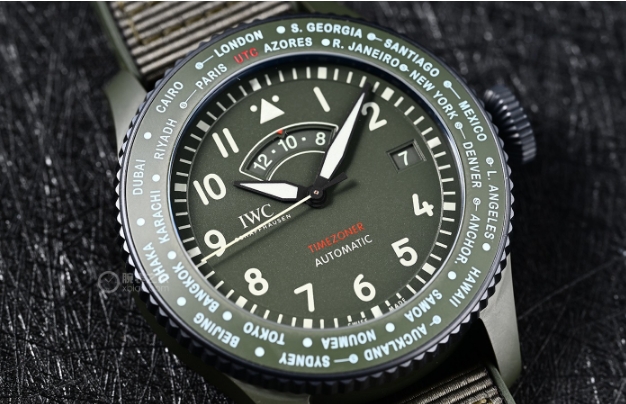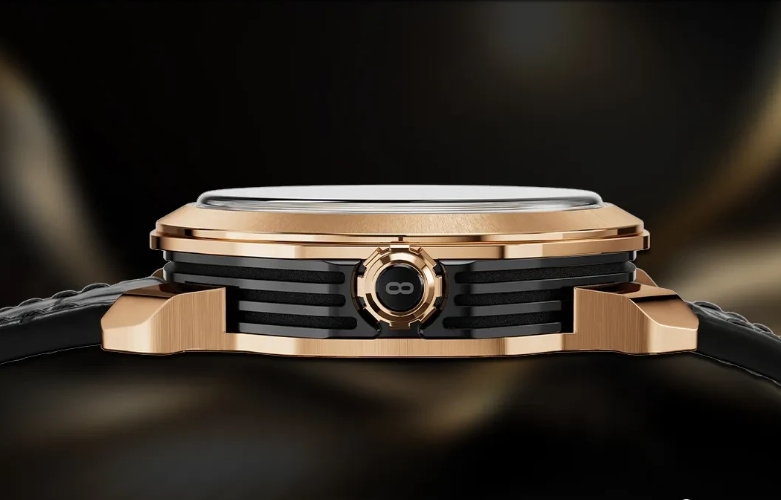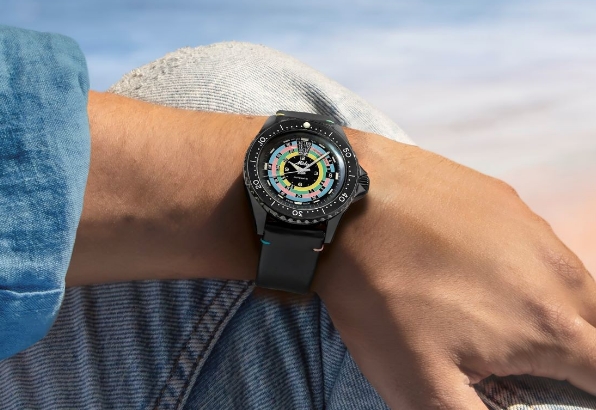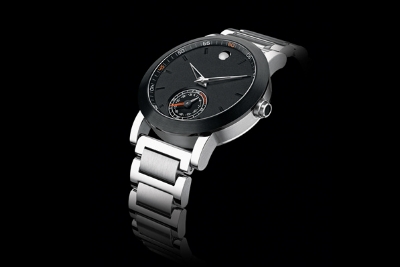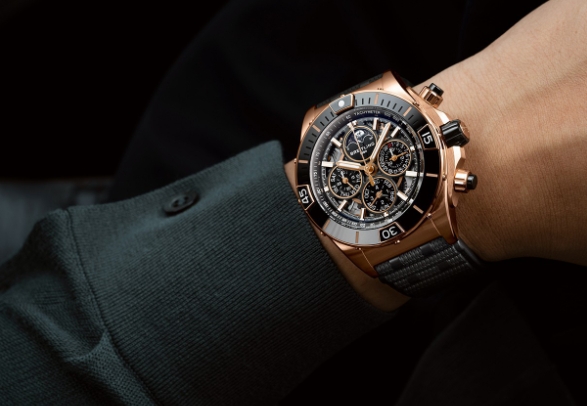Throughout history, women have driven societal progress and development with their unique strength and charm. In the realm of wristwatches, traditionally seen as a male domain, the rise of female power cannot be overlooked. From being mere accessories to becoming fashionable and functional adornments, wristwatches designed specifically for women have not only witnessed the passage of time but also profoundly reflected the advancement of women's status and the evolution of their style.
Early Buds: The Initial Appearance of Women's Watches
The early wristwatch market was almost exclusively dominated by men, but as women's status improved, their demand for timekeeping accessories grew. Although the world's first wristwatch was designed for men, the emergence of women's watches marked women's pursuit of fashion and independence. At the turn of the 20th century, with the rise of feminist movements, women began seeking self-expression and identity, and wristwatches gradually entered the world of women as a practical and fashionable accessory. In 1911, Tissot created the first ladies' wristwatch, a pioneering move that not only provided women with a more convenient timekeeping tool but also heralded the profound impact of women's watches on the world.
Stylistic Evolution: From Classic to Modern
Over time, the design styles of women's watches have undergone a transformation from classic to modern. Early women's watches often featured small and delicate designs that complemented the elegance of women's clothing. However, as women became more active in various fields of society, their needs for watches also diversified. From classic round dials to geometric shapes like squares and rectangles, from simple lines to intricate decorations, women's watch designs continually broke traditional constraints, showcasing women's independence, confidence, and versatility.
In the mid-20th century, with technological advancements and design innovations, women's watches began incorporating more practical functions, such as calendars and chronographs, catering to women's needs in different occasions. Simultaneously, women's watches placed greater emphasis on coordinating with clothing, becoming an integral part of women's overall styling. During this period, renowned brands like Tissot introduced women's watch collections, winning the admiration of countless women with their exquisite craftsmanship and unique designs.
Contemporary Innovation: A Fashion Statement of Female Power
In contemporary society, women's watch designs have become even more diverse and personalized. From sporty to vintage, women's watches encompass almost all fashion elements. These watches not only possess high practical value but also serve as a fashion statement for women to showcase their unique charm and strength.
Tissot, as a pioneer in women's watch design, consistently places female power at the core of its designs. From the iconic "Banana" watch to the modern Flower Series, Tissot continuously infuses innovative spirit into women's watch designs, creating masterpieces that align with women's aesthetics and practicality. These watches embody Tissot's brand philosophy of focusing on and caring for women, becoming symbols of women's pursuit of freedom, equality, and wisdom.
The Inseparable Bond Between Women and Watches
Over more than a century of development, an inseparable bond has formed between women and watches. From passive acceptance to active choice, women's watches have become symbols of women's identity and taste. Whether they are career women, fashionistas, ordinary women, or royalty, they all express their unique charm and personality through wearing different styles of watches.
Moreover, women's watches have become bridges connecting women emotionally and fostering empathy. Whether in important occasions or daily life, women share their watch stories and insights, enhancing mutual understanding and friendship. This emotional exchange based on shared interests and hobbies not only enriches women's spiritual world but also promotes unity and mutual support among women.
Conclusion
The manifestation of female power in watch design is not only a testament to technological and aesthetic progress but also a reflection of the advancement of women's status and the transformation of social attitudes. As technology continues to evolve and design innovations persist, women's watches will present even more diverse facets, becoming essential companions for women in their pursuit of self-realization and a better life. Let us eagerly anticipate the even more brilliant display of female power in the world of watches!

